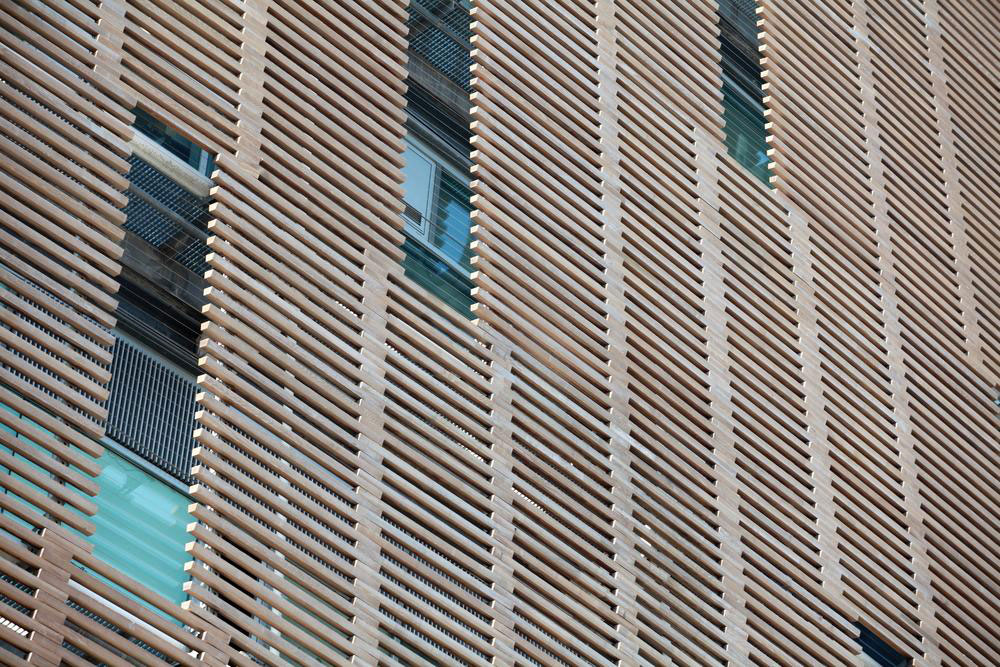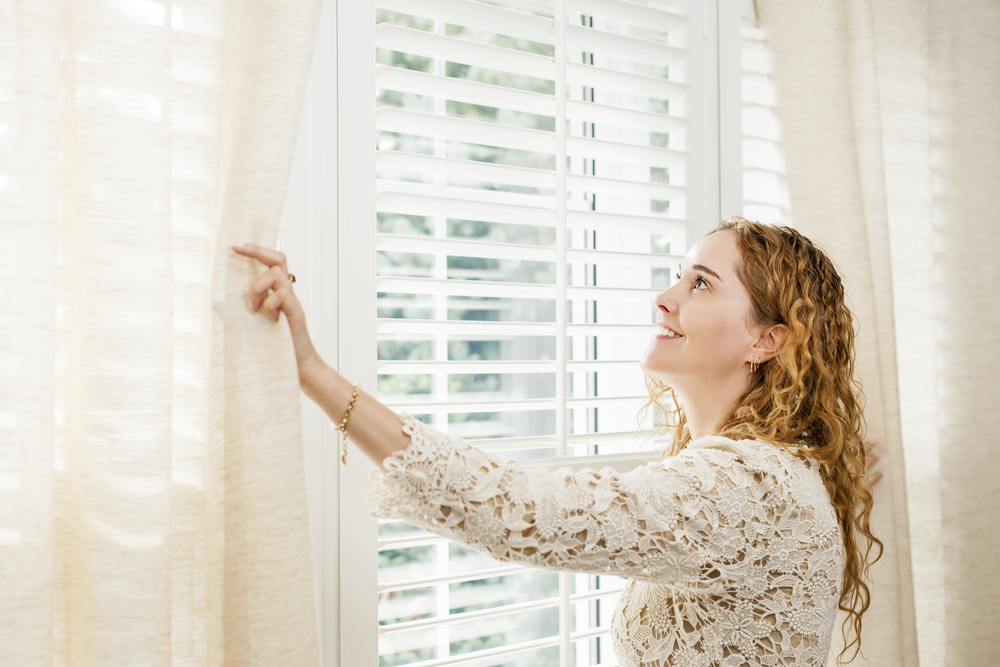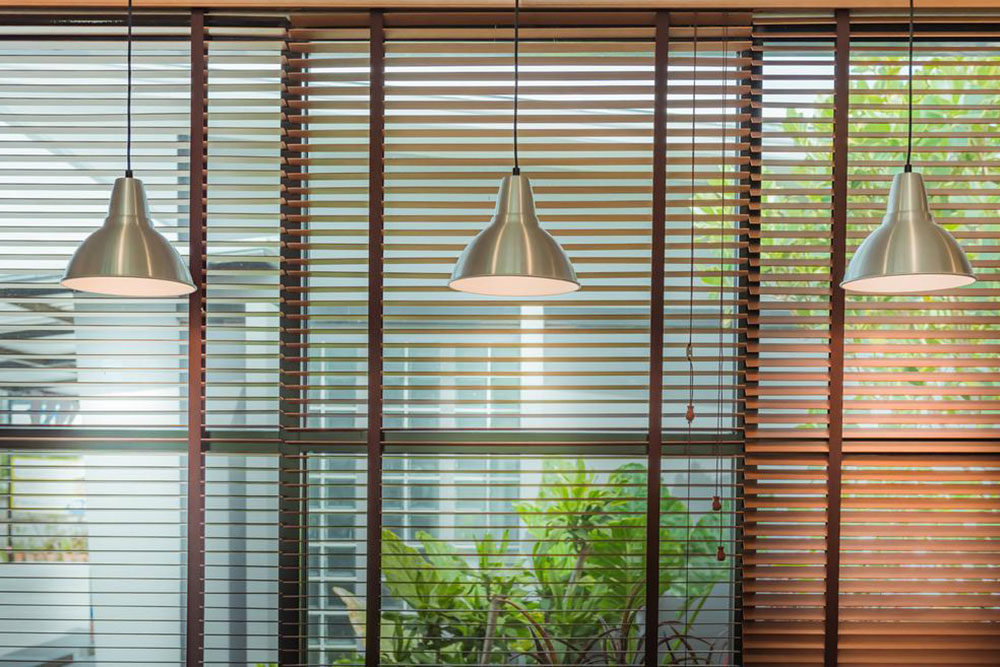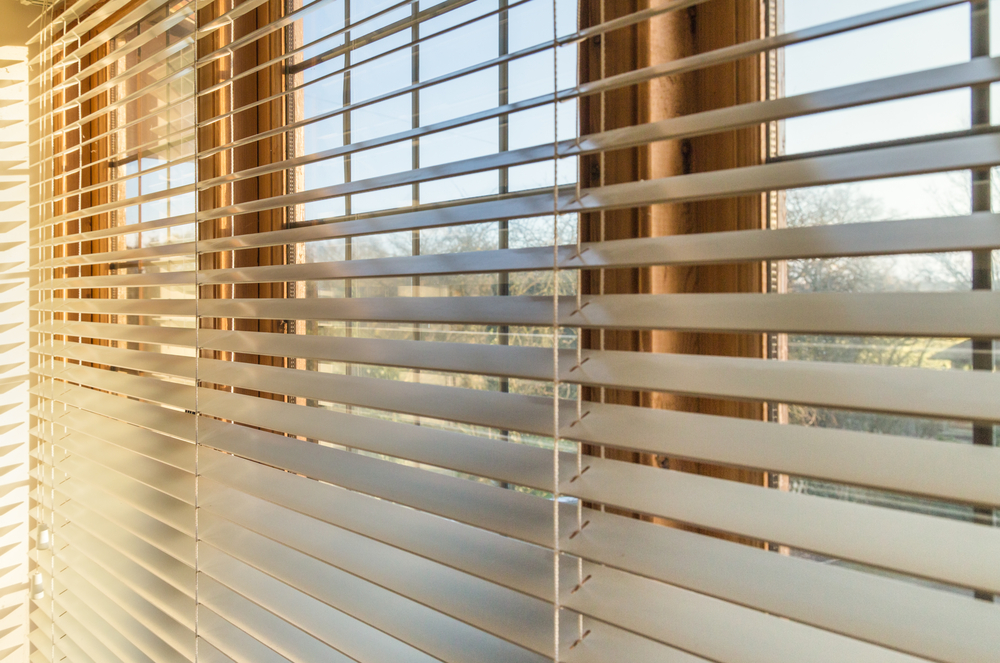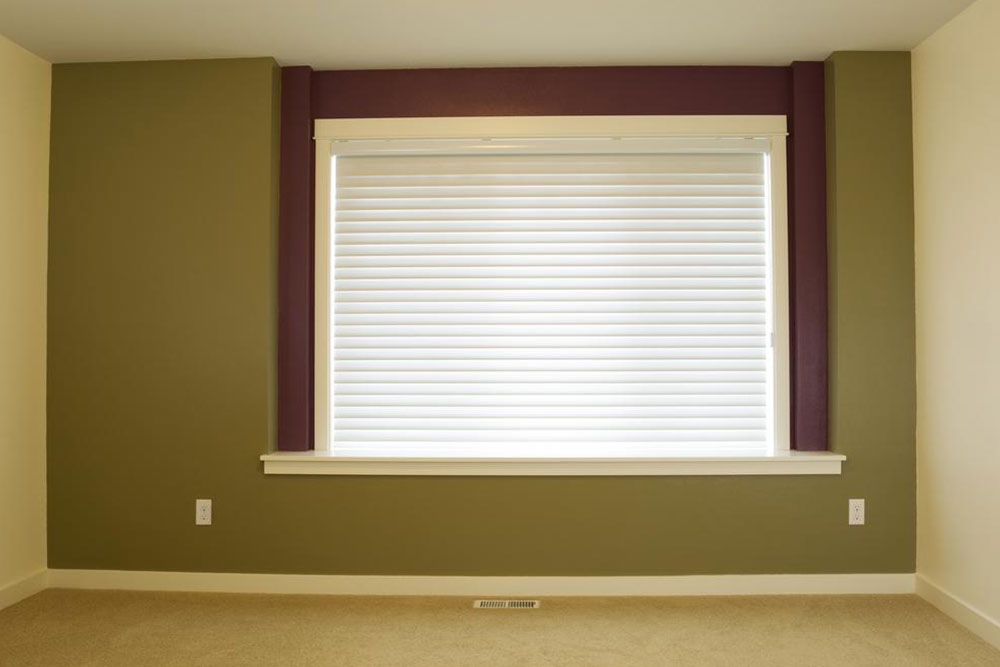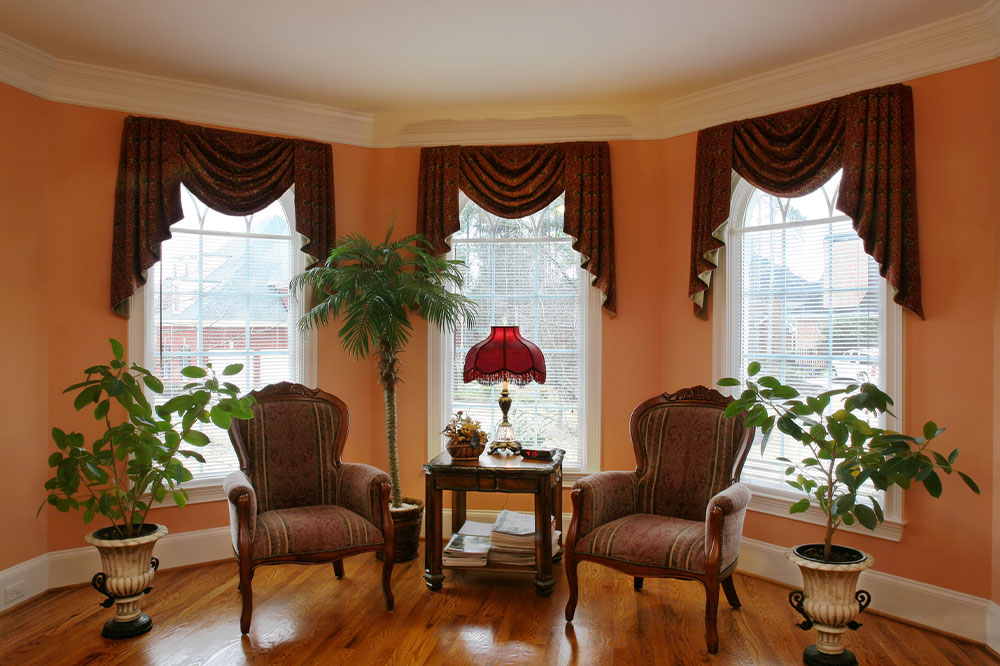Guide to Different Types of Window Coverings
Discover the key types of window coverings including Roman, roller, Venetian, vertical, and panel blinds. Learn tips on choosing the right style, material, and installation advice. Enhance your home’s aesthetics with the perfect window treatment that balances functionality and design. Our guide helps you make informed decisions for a stylish, functional, and comfortable living space.
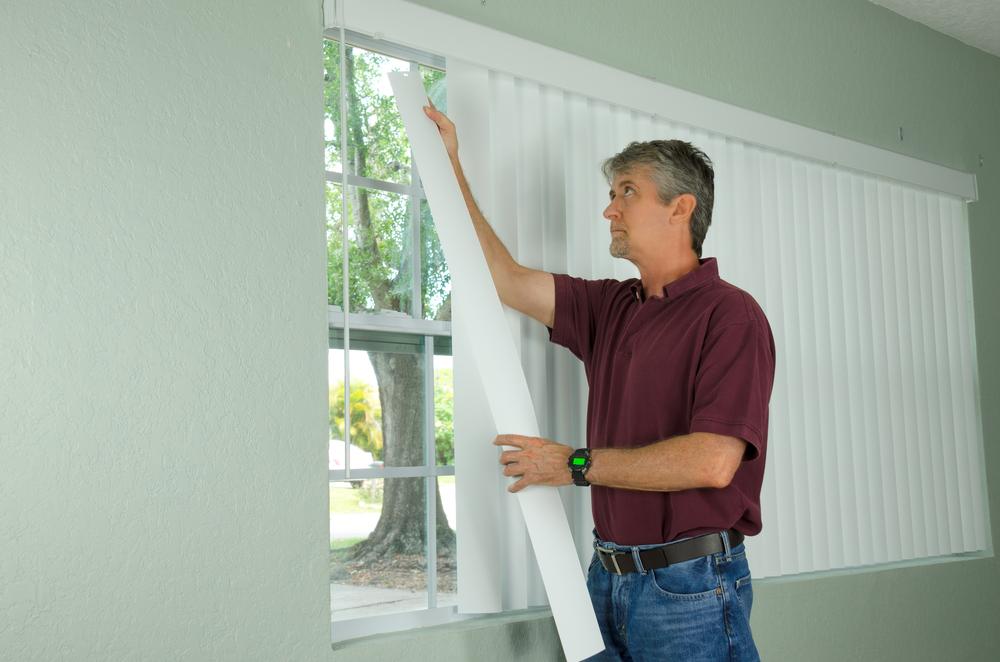
Exploring Various Window Coverings
Window coverings are essential elements in modern homes, serving both functional and aesthetic purposes. Choosing the right coverings can brighten up your living space and enhance its decor. There are numerous options available, including Venetian, Roman, roller, panel, and vertical styles, each suited to different window and door designs. Selecting a suitable type ensures your windows are both stylish and practical, complementing your interior while providing privacy and light control.
Below is an overview of popular window covering types commonly found today:
Roman blinds
Crafted from fabric, Roman blinds fold neatly when raised, creating horizontal pleats. They offer excellent insulation during colder months when lowered as a single textile panel, often with slats at the back for proper stacking.
Roller blinds
Made from one solid piece of material, these blinds roll smoothly around an aluminum cylinder using a chain or spring mechanism, without stacking layers like Roman blinds.
Venetian blinds
Characterized by horizontal slats made from vinyl, wood, or aluminum, Venetian blinds allow precise light regulation by adjusting the slats' angles. When raised, they stack neatly at the top.
Vertical blinds
Also known as Louvre blinds, they feature vertical slats ideal for large windows or sliding doors. They can be adjusted for glare control and maximum light entry, perfect for expansive glass walls.
Panel blinds
Similar to vertical blinds but mounted on a track system, they slide to cover large openings or act as room dividers. Made from fabric or similar materials, they provide an elegant way to dress big windows.
Before purchasing, research various retailers, comparing materials, quality, and costs. Proper installation is vital; DIY installation is possible if skilled, otherwise hire professionals. Match the blinds' color and style to your interior, and consider trial runs to ensure the best fit for your space.
Note:
Our blog covers diverse topics, providing useful insights based on thorough research. However, articles are for informational purposes and should not be regarded as definitive. The website disclaims responsibility for data inconsistencies or inaccuracies across other platforms. Readers are encouraged to explore current deals and schemes independently for the most beneficial options.

